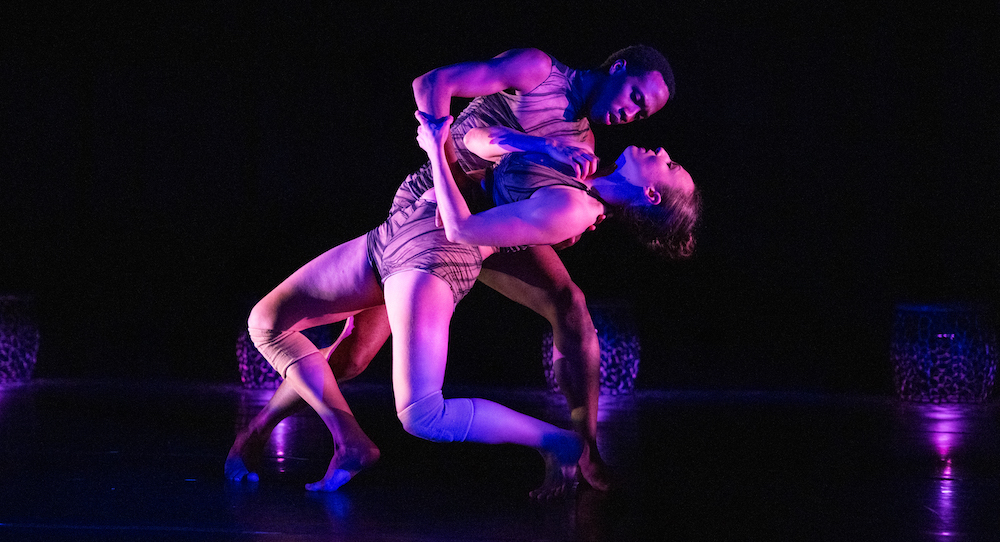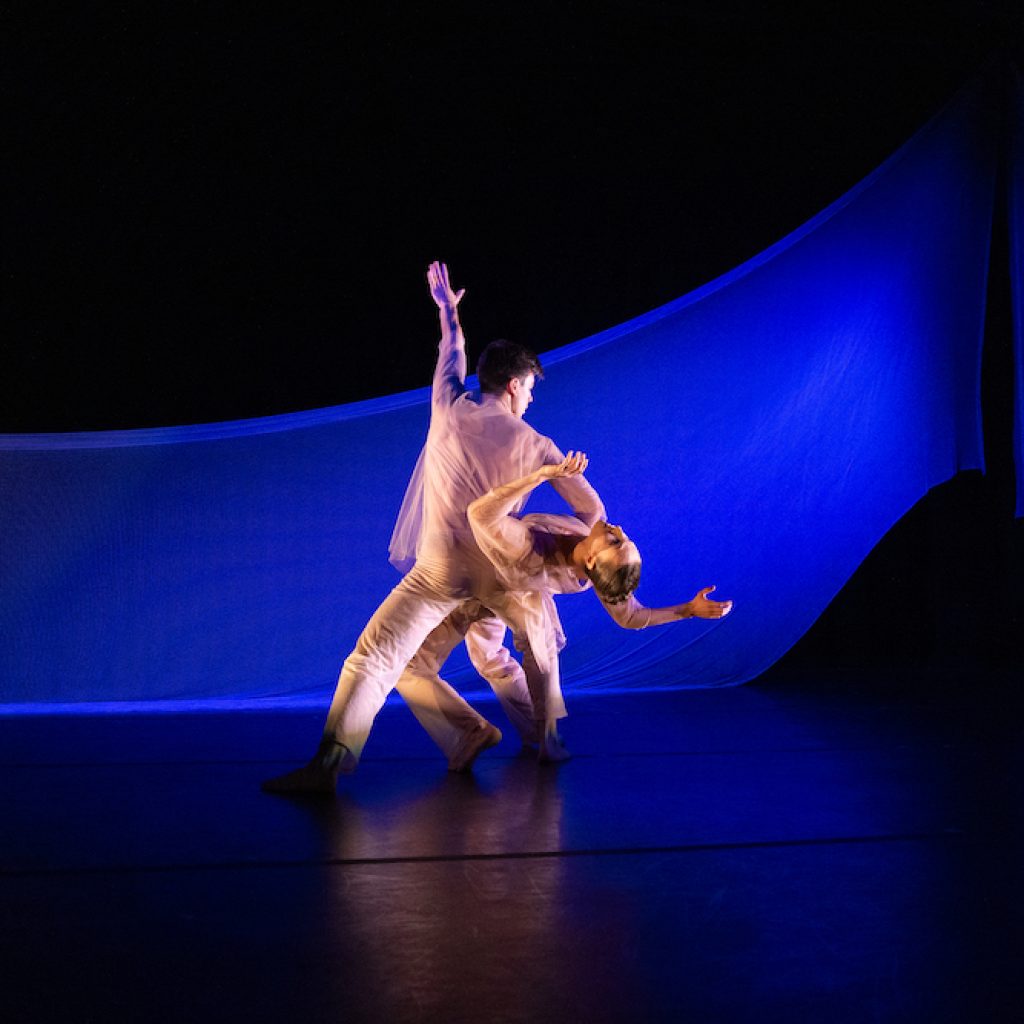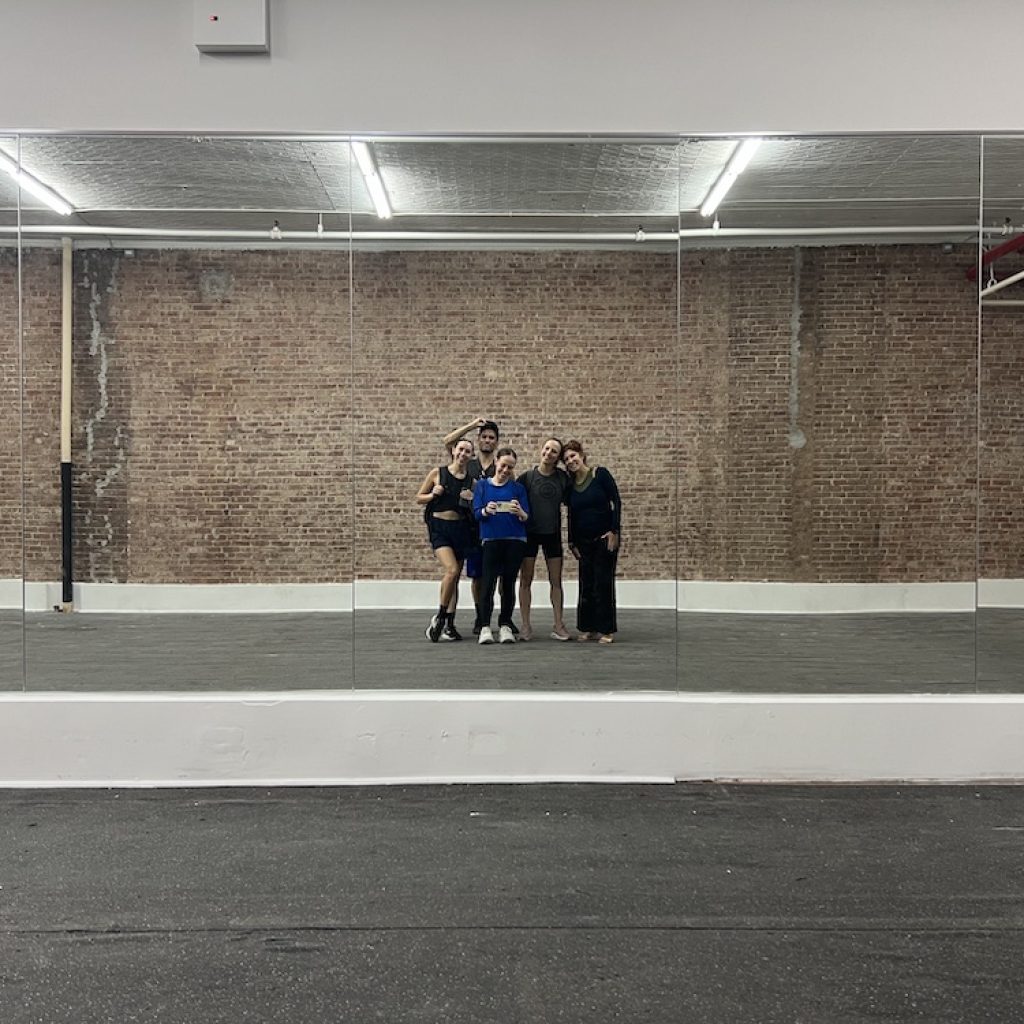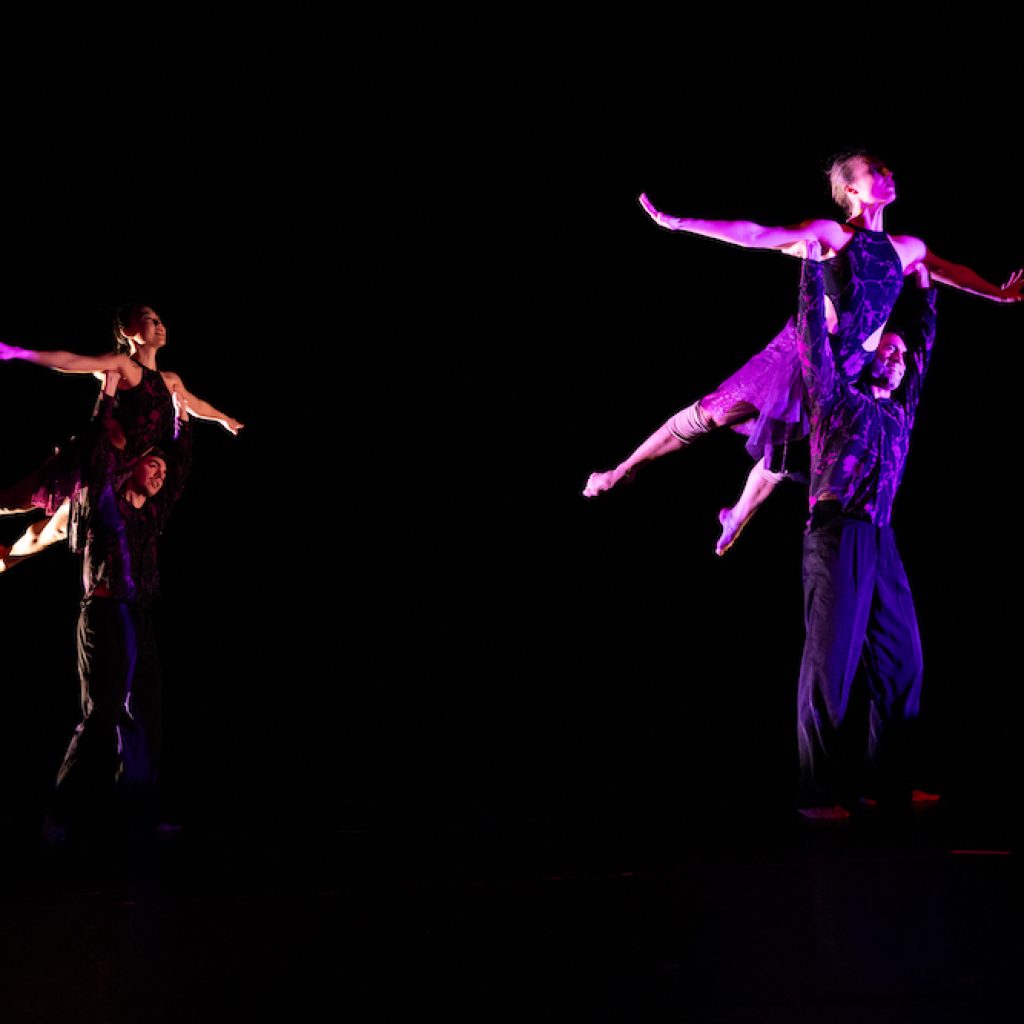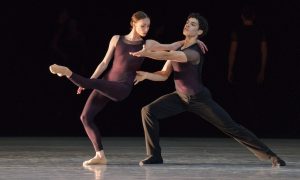From cost to scheduling to storage, getting suitable studio space can be a true headache for dance companies that don’t own their own. It gets arguably even more complex and challenging in a saturated dance market like New York City. NYC-based Amanda Selwyn Dance Theatre/Notes in Motion has navigated those dynamics for years – but soon no longer. The company has signed a 10-year lease for its own space in the heart of Tribeca.
Founding Artistic Director Amanda Selwyn explains how the space will allow the organization to fortify its work in performance, education, community engagement and beyond. Dance Informa speaks with Selwyn about the organization’s work, why renting its own space will help elevate it, how they’re thriving as an arts organization after decades of operating, and more. Let’s hear more!
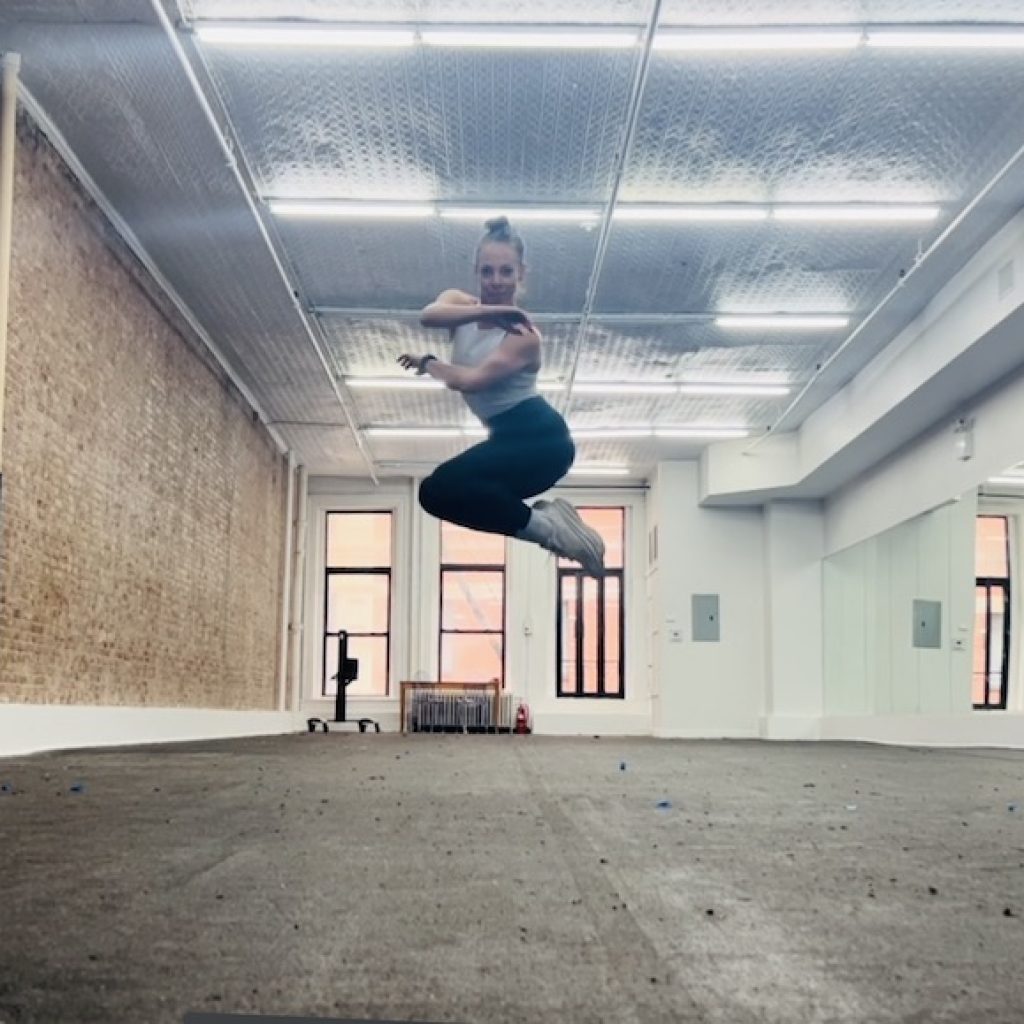
Notes in Motion: A mission in the studio and far beyond
What exactly is that work like; what does Amanda Selwyn Dance Theatre/Notes in Motion contribute to the NYC dance ecosystem and the wider NYC public? In a word, it’s multi-pronged. Evidently enough, there’s the dance company. From leading class to contributing to choreography, Selwyn is clear that each company member is called to be highly versatile.
Through approaches like the Movement Exchange Method, wherein dancers pass original movement on to their peers, they’re “creating movement every day,” says Selwyn. “That generates a collective vocabulary of movement that meditates on a theme, gives them agency and also resonates from their strengths.”
By contributing curriculum ideas and teaching warm-ups, as well as leveraging their networks in support of the company, company members also refine their pedagogical and leadership skills. With Selwyn’s work being highly theatrical (she has a theatrical background, she notes), the dancers can bring their own individual stories and emotive interpretations to that work. “I’m so blessed with my dancers…they are so committed,” Selwyn says with pride and admiration. Some of the dancers have been with the company for eight years or more, she adds.
Another one of the organization’s prongs is Notes in Motion, which brings hundreds of dance classes to NYC public schools every year. This past year, that was to the tune of 3,477 classes through 120 unique school programs with 50 teaching artists/members of the organization’s Education Ensemble.
The company has also presented unique ways for audience members to engage with its concert dance work and the artists behind it. Beyond the fairly common works-in-process showings and talkbacks, the company has created immersive dance experiences such as Green Afternoon (in the Hamptons region). Like in the classic “Choose Your Own Adventure” books, audience members could design their own dance experience by how they traveled through an outdoor garden space.
Selwyn remains interested in generating even more forward-thinking ways to immerse audiences in the creative process. “Why do people live in NYC?” she asks. “They want to experience all of these innovative offerings.” Selwyn is inspired to expand all of this into “a broader spectrum of classes and community initiatives. She believes that their new space “will really allow us to lean into all of that.”
A new home of their own
The vision for renting space of their own began about two years ago, Selwyn recounts. She envisioned a place through which they could expand educational program offerings, give their dancers more gainful work (also allowing them to be more committed to the organization, Selwyn says), simplify logistics involved with their concert work, have their own blackbox performance space, better manage space rental costs, and more. “We’ve also wanted to explore more ways for dance artists to come together and share resources, such as large community events,” she notes.
Selwyn is excited about these wide-ranging possibilities for a space where they determine booking. They can subdivide the large studio in order to hold two classes at once. Workshops, for everyone from youth dancers to university students to pre-professional dancers, can fill the studio. They can present visual art installations, as well as theatrical concert dance work that requires large props, and not have to worry about storing or transporting large items. In a spirit of inclusivity, the space is fully handicap-accessible.
Selwyn’s close group of long-time collaborators can also meet in the space, all throughout the process, at any available time. Other movement-related events can occupy the space (such as yoga birthday parties) at open times, offering the organization rental income. That’s all in the bustling center of Tribeca (412 Broadway, to be exact). “I’m really excited to be part of the downtown dance world,” Selwyn shares. She thinks that all of these capacities and possibilities “could be a game changer for the work, up the game in all aspects.”
Accommodating all of these various avenues of programming will certainly be a balancing act, Selwyn says. “That’s the challenge of a vision with many different lanes to it.” The organization will gradually add on layers, she explains – for example, beginning with just company classes and then gradually scheduling in other programming. “We’ll have to manage staying mission-aligned and bringing in revenue through outside groups,” Selwyn also notes. Company Dancer Ashley McQueen will manage the studio, and help Selwyn navigate all of those questions and logistics.
Resilience in action
This exciting development comes at an already exciting time: the company’s 25th anniversary season. “The new space is the best way to celebrate our 25 years!” Selwyn says with a big smile. They’ll also present a good amount of repertory work in order to acknowledge the company’s “constancy and resilience,” she says.
Especially considering how many companies shuttered during and after COVID shutdowns, we ask Selwyn what she thinks can account for that “constancy and resilience.” She thinks that it’s about “being able to pivot and allowing yourself to take the hits.” She affirms that new opportunities will come – if you get out there and network. “Make those calls and build the relationships.”
Selwyn cites a couple of examples of how building those relationships, across various entities and with people from different sectors, has helped the company get to where it is today. For one: after COVID hit, the city granted the school system extra funding for enrichment activities. Selwyn’s organization already had partnerships with the city schools, so it was able to grow its educational programming through that funding.
Example #2: Selwyn presented to the organization’s board her idea for renting its own space. A couple of board members have experience in local real estate, so they could bring that to bear in helping secure the right place. Down to the nitty-gritty of knowing a good plumber or electrician, that kind of positioning can be invaluable, she says.
Selwyn also notes the importance of revenue diversification; “don’t put all your eggs in one basket…be open to different ways that you can do what you do.” She also underscores the need to hold on to hope, no matter what rejections may come. She believes that obstacles can be our teachers, and that they “won’t move until we learn from them.”
Perhaps more specifically concerning concert dance, Selwyn also believes in “widening the bench for more people.” She maintains that the art form can be intimidating for many in the general population, and we have to offer them access points if we’re going to fully engage them.
“We always say in our school programs that dance is a joyful act…historically, it’s been an act of celebration,” Selwyn affirms. “Even if there are somber themes, the ability to create and to share is joyful. If an organization offers that, that joy will ripple out from there.”
By Kathryn Boland of Dance Informa.


